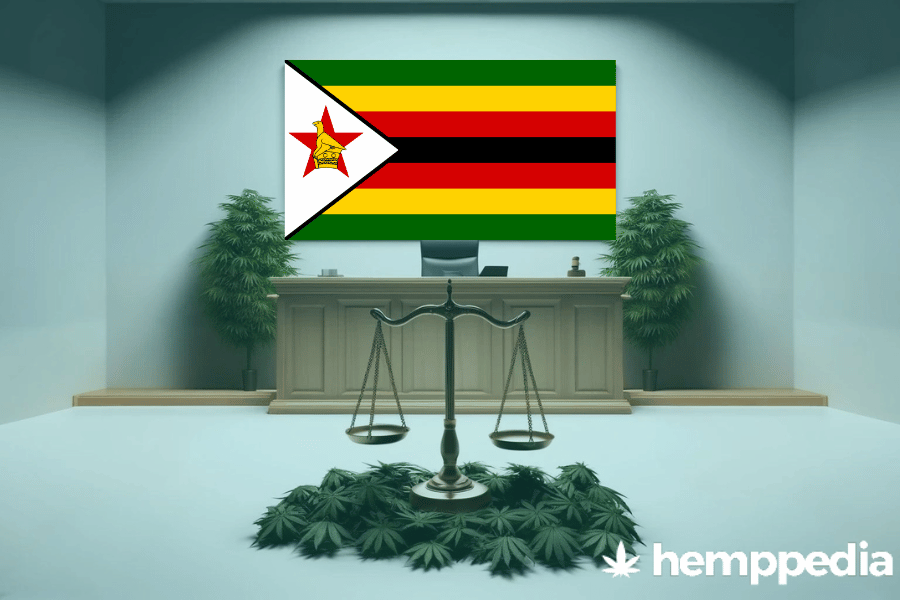TL;DR
In short, the medicinal use of cannabis is legal in Oklahoma, although the recreational use remains illegal. The State has established a comprehensive medical marijuana program. Medical marijuana patients can buy, use, and cultivate marijuana legally, under some conditions, but neither the use nor the possession of marijuana for recreational purposes is permitted. Here is a crude overview:
| THC | CBD | |
|---|---|---|
| Medical use | Legal | Legal |
| Recreational use | Illegal | Illegal |
Introduction
The topic of cannabis legislation holds great significance due to its direct impact on public health, crime rates, and the economy. Globally, the legal status of cannabis varies widely. From complete prohibition to full legalisation, the spectrum covers a broad range. In this article, we’ll explore the specific details relating to the legal status of cannabis in Oklahoma.
Legal Status
As noted above, cannabis has been legal for medical use in Oklahoma since 2018 when State Question 788 was approved by voters. However, recreational use is not permitted under state law. Possession of small quantities for personal use can still result in significant legal penalties, including a hefty fine and jail time.
For more information, visit the Oklahoma Medical Marijuana Authority website.
Historical Context
Previously, cannabis was completely illegal in Oklahoma. However, the legal landscape began to change in 2015, when Governor Mary Fallin signed the “Katie and Cayman’s Law”, allowing the use of CBD oil in the treatment of severe forms of epilepsy. The major shift in the State’s approach to cannabis came in 2018 when voters approved State Question 788, legalising medical marijuana.
Possession and Use
Under Oklahoma’s medical marijuana laws, approved patients can possess up to three ounces on their person, and eight ounces in their residence. Consumption of cannabis is legal in private residences and issues of cannabis impairment are treated like alcohol impairment under state law.
Cultivation and Distribution
Registered patients and business can both cultivate cannabis. Patients can grow up to six seedling plants and six mature plants. Businesses need to acquire a state-issued license, which costs $2,500.
Enforcement and Penalties
Non-medical users, who are caught with under 1.5 ounces of cannabis, may face a misdemeanour charge, up to a year in jail, and a $400 fine. Possession near a school or in the presence of children may enhance the penalties.
Medical Cannabis
There are no specific qualifying conditions for medical cannabis use. A board-certified physician can recommend its use for any condition they deem appropriate.
Social and Economic Impact
According to the Oklahoma Tax Commission, the Oklahoma medical marijuana industry generated over $384 million dollars in sales and around $55 million in tax revenues as of October 2020. It also leads to job creation and business opportunities for licensing.
Comparative Analysis
Unlike many other U.S states where cannabis is utilized for both medical and recreational purposes, Oklahoma has only permitted its use medically.
Future Outlook and Ongoing Debates
Recreational marijuana is expected to be on the Oklahoma ballot in the coming years, meaning the legality could change.
Conclusion
To sum up, while Oklahoma has a complex and somewhat restrictive set of laws governing cannabis, the state has made strides by recognizing the medicinal benefits of cannabis. However, it remains to be seen how these laws will change, if at all, in the future.




